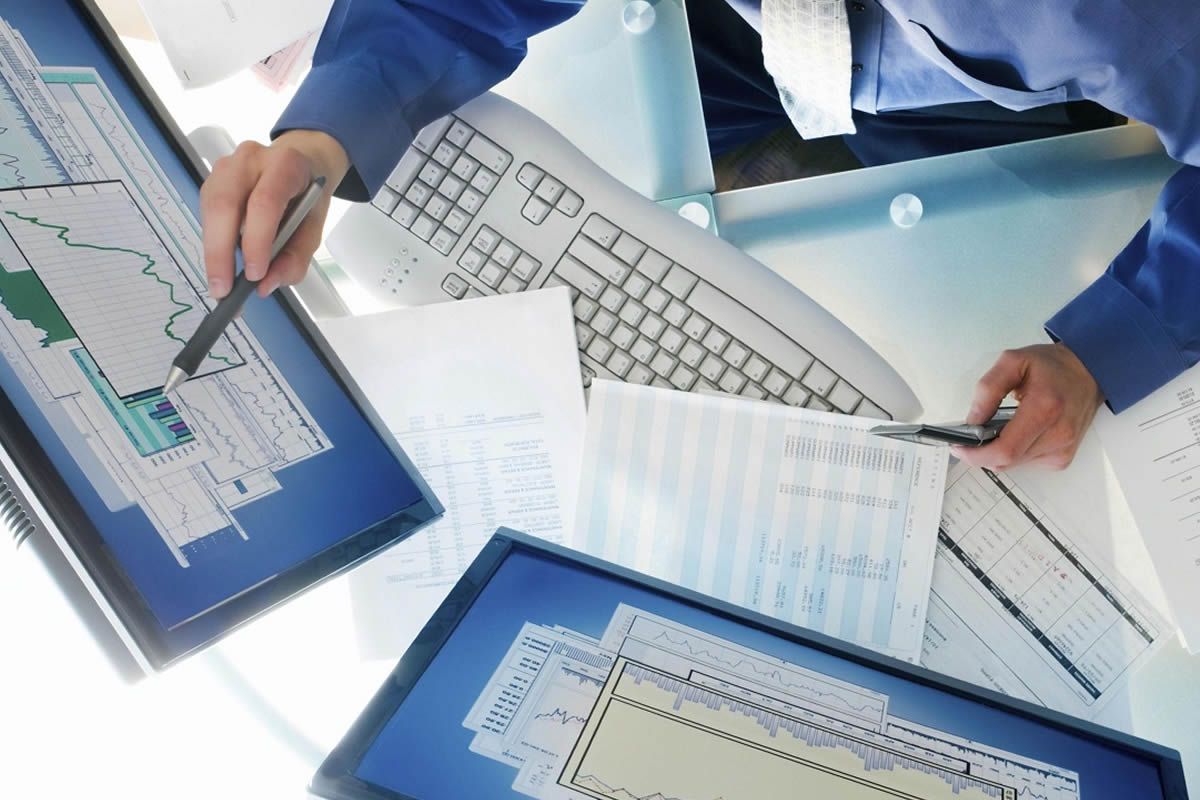

Trading currencies -- or forex, as it is more commonly known -- has enjoyed enormous popularity around the world lately. Beginner forex traders are often encouraged to open a demo account first before risking real money on a live account. This way, they can put their newly learned skills to the test, try out various strategies, and get a feel of market conditions and trade execution without the risk of losing actual funds. There are few signs which can signalize that you are ready to open a live forex account.
If your trades are always in the money, you can and will probably already have moved on to a live account. However, you are unlikely to hit the bull's eye with every trade unless you are the next George Soros. Losing every now and then is part and parcel of the game. So the question becomes, "when is it safe enough to switch to real money?" If a majority of your trades turn a profit and you genuinely believe the outcome is primarily down to skill rather than luck, you should consider opening a live account.
The first important consideration is whether or not you have come up with a solid trade strategy that you have tested and are comfortable with. This should outline which time frames and currency pairs you will be watching, which technical indicators and parameters to apply, and entry and exit conditions. Of course, it is also important to establish a bit of track record in using this strategy, as consistency profitability may give you enough confidence to stick to this trade plan even with real money on the line. Another thing to remember is that you need to have a well-defined risk management plan before opening a live account.
For a lot of traders who have just transitioned to live trading, the temptation to deviate from their trade strategy or risk management plan is much larger compared to demo, so you have to put in more effort to stay level-headed and not get overwhelmed by the pressure to make money. Potential losses can spring from overtrading or drastically increasing your risk just to chase larger returns or make up for funds you have lost. This brings us to the next factor, which is being able to maintain your cool even if you are losing your trades or suffering a large drawdown. Staying on top of your emotions is no easy feat, but this can be developed in a few months of demo trading.
Once you are seeing some success in implementing your strategy on your chosen trading platform and are able to keep calm and learn from any mistakes going forward, you are a good candidate to make the leap to a live account. Demo accounts are great training tools, but they lack some of the market realities - like slippage and re-quotes - that you will face in a live account. They are best used as a temporary training ground while you master the basics: spending too long trading demo accounts can actually make the leap to a live account more intimidating.
To receive new articles instantly Subscribe to updates.